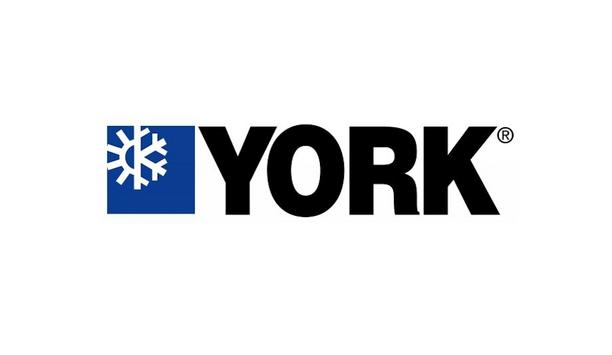On February 20 2024, the new F-gas (UE) Regulation 2024/573 was published in the Official Journal of the European Union, coming into effect on March 11, 2024. The new F-gas Regulation limits the market introduction and export of fluorinated gases and equipment containing such gases.
Fluorinated gases (including hydrofluorocarbons or HFCs) are greenhouse gases with a high global warming potential (GWP), used in common appliances such as refrigerators, chillers, air conditioners, and heat pumps. The new regulation calls for a gradual reduction in HFC consumption between 2024 and 2049, with a total ban on their use starting in 2050.
Air conditioning equipment
Maintenance - The F-gas UE Regulation 2024/573 does not introduce any maintenance or spare parts bans for units placed on the market before the prohibition dates defined in Annex IV.
Exemption - These are provided in cases where alternatives are not available or cannot be used for technical or safety reasons, or if the use of such alternatives entails disproportionate costs.
Export ban - From March 12, 2025, the export of fixed refrigeration and air conditioning equipment and heat pumps listed in Annex IV, containing fluorinated greenhouse gases with a GWP greater than or equal to 1000, is prohibited.
High condensation temperatures
In response to these bans, STULZ has recently launched its low-GWP solutions:
Air conditioners - STULZ air conditioners, currently available with traditional refrigerants: R407C (GWP = 1744), R134a (GWP = 1430), R410A (GWP = 2088), have been revised with low-GWP solutions. In particular, the non-flammable (A1), non-toxic R513a gas, with a GWP of 631, significantly lower than traditional ones, has been introduced.
This refrigerant is now available for all ranges of air conditioners for IT applications
This refrigerant is now available for all ranges of air conditioners for IT applications (Monobloc and Split) and for Data Centers (Close control). In addition to the low GWP advantage, this refrigerant allows for high condensation temperatures making these units the perfect solution for particularly hot climates or particularly “complicated” installations. Furthermore, with this refrigerant, STULZ is already prepared to meet the part of the market associated with export (GWP ≤ 1000). The R513a solution is clearly a medium/long-term solution, at least for split systems where the GWP limit of 750 is possible until 2033.
Slightly flammable gases
For the immediate future: 2027, STULZ is studying and testing A2L slightly flammable gases to be ready for the next deadlines.
A2L in fact, is the only possibility today to have GWP<150. The first A2L solution, already available in the STULZ product portfolio, is represented by water-cooled close control units with refrigerant R454C (GWP = 148). In these units, the low refrigerant charge combined with leak detection and gas disposal systems fully meets the stringent requirements imposed by the F-gas Regulation.
Multi-scroll compressors
Chillers - In the field of chillers, STULZ also offers traditional refrigerants as well as low-GWP solutions to minimize environmental impact and comply with the limits imposed by the F-gas Regulation. The same R513a used in air conditioners is now available in chillers with screw compressors.
STULZ climate chambers are already equipped to test A2L and A3
Along with this solution, STULZ can already offer a fully compliant F-gas solution with the (A2L) refrigerant R1234ze (GWP = 1). STULZ climate chambers are already equipped to test A2L and A3. Medium-sized chillers with multi-scroll compressors, available as standard with R410A refrigerant, are now also available with R454B (GWP = 466), (A2L).
Reducing global warming
For small chillers with scroll/rotary compressors, currently available with R410A and R134a refrigerants, for which the constraint is 2027 and 2032 with respectively GWP < 150 and natural refrigerants, STULZ is working to offer low-GWP solutions compliant with the F-gas Regulation shortly.
Conclusion - The new F-gas Regulation represents a significant challenge for the industrial air conditioning and refrigeration world. STULZ, with its low-GWP and A2L solutions for both air conditioners and chillers, is embracing this challenge to actively participate in reducing global warming and greenhouse gas emissions.
















